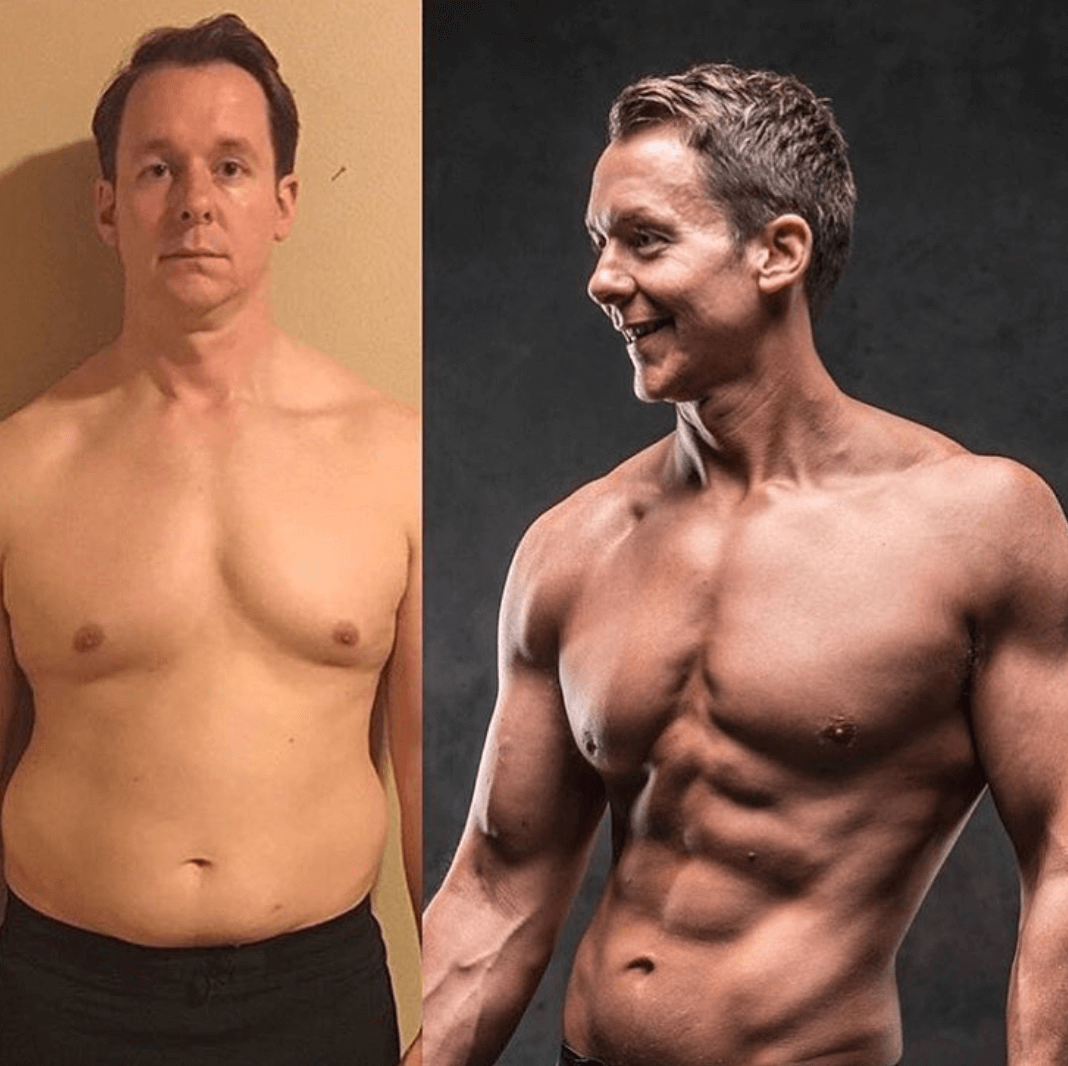Of all the concepts and practices that are involved in the exercise and fitness arena, progressive overload is one of the most important, yet often the most misused or misunderstood.
The reason itÂ’s important is a very simple one. Without it, your body does not adapt and will never get bigger or stronger beyond a certain point.
Think about it this way. If you went to the gym and did the same exercise for the same length of time, using the same weight, or running for the same length of time without any changes, what would happen? Probably nothing at all. Your body wonÂ’t learn to push itself and it certainly wouldnÂ’t adapt to the stresses and strains youÂ’d place upon it.

If youÂ’re simply wanting to maintain the physique youÂ’ve got now, then carry on, but thatÂ’s not what weÂ’re here for is it!
Progressive overload means that you are continually increasing the demands on your muscles in order to make gains in their strength, size and endurance. The harder you work them, the stronger you become. It sounds obvious I know, but for many people, itÂ’s easy to lose sight of it.
There may be a weight you struggle to lift at first. After a week or two, you manage to lift it. Fantastic. With progressive overload, it doesnÂ’t stop there. Add more weight to push your muscles even more, to lift bigger weights. ItÂ’s this simple concept that resistance training is built upon.
Progressive overload doesnÂ’t just apply to muscle growth, but helps bone and connective tissue strength as well as cardiovascular fitness. You can see why itÂ’s so important to this plan.
To keep progressive overload in the forefront of your exercise mindset; keep these 7 steps in mind when youÂ’re training.
1.  Increase Resistance
2.  Increase Sets
3.  Increase Repetitions
4.  Increase Frequency
5.  Increase Exercises
6.  Increase Intensity
7.  Decrease Rest Time










